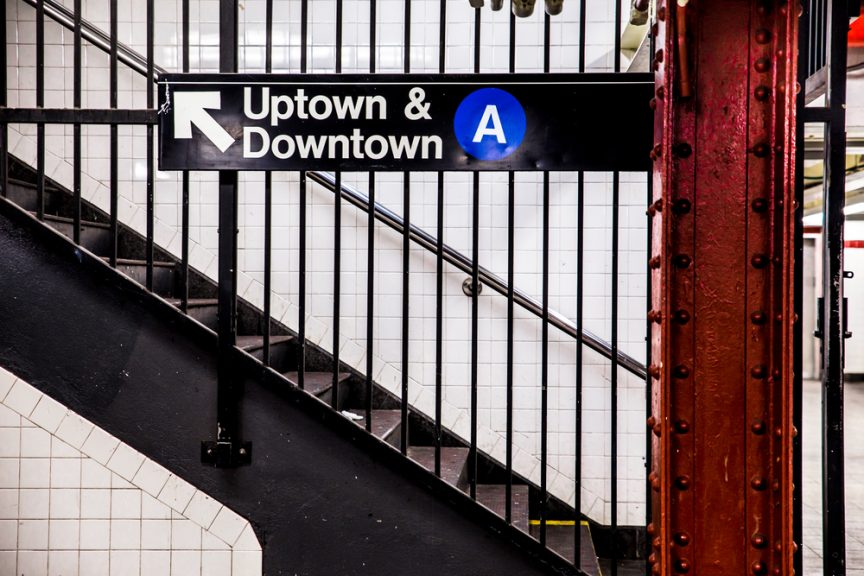Regardless of how large or small your city’s mass transit system is, it needs an appealing public brand to attract new riders and build relationships with current ones.
You’ll see ads for restaurants, clothing stores, and household products, but ads for public transportation are far less common. The reasoning may appear solid at first — why spend money trying to speak to an audience that already uses your service all the time? But the fact is that mass transit providers are missing a significant opportunity to develop a strong brand that fosters trust with riders. And believe it or not, that oversight can have a significant impact on a system’s performance.
Establishing Trust and Increasing Ridership
As The City Fix argues, branding in mass transit should focus more on establishing the transit system as a city’s best, most affordable, and most reliable method of transportation than with drawing favorable comparisons to systems in other metro areas. This strategy is especially important in areas where cars rival mass transit as the most popular form of transportation. Branding can also address questions related to convenience and cost while establishing trust with riders.
However, many still don’t understand the importance of a strong brand when it comes to mass transit. Southern Ontario government agency Metrolinx, for example, received harsh criticism after spending approximately $250,000 “to refresh its brand,” even though data indicated that half of the area’s residents previously did not know what Metrolinx was or what purpose it served. This sort of misconception is just further proof that effective branding and public outreach is more necessary now than ever.
Consequences and Next Steps
Part of the reason that a mass transit system should invest in its brand is that it’s difficult to salvage a failing reputation. The City Fix notes that one East Coast metro system lost around 40,000 riders in between 2010 and 2014 largely because an array of maintenance and safety issues earned it a reputation for unreliability.
A brand that effectively engages riders can prevent most of these challenges from occurring in the first place — and relies on hard data to do so. Gathering information on ridership can help you better understand your riders’ needs and expectations and help build a customer-centric brand that appeals to current and future riders. By basing your outreach efforts on your customers’ experiences, you’ll position your system as the best choice for them, rather than the only choice.
A Strong Brand Requires Strong Performance
A welcoming and appealing brand won’t help if your mass transit system can’t deliver the results that it promises. Fortunately, operators can ensure peak performance by keeping their rails and switches lubricated 365 days a year.
With over 40 years of experience working with mass transit systems around the world, Midwest Industrial Supply, Inc. has developed a suite of rail switch lubrication products that provide mass transit systems with long-lasting solutions to their operational challenges. Our industry-leading product Glidex® can be applied in temperatures as low as -40 °F, remaining on your rails for as long as several months without accumulating dirt or debris. More durable and environmentally friendly than oil- and graphite-based products, it can help any mass transit operator back up their brand with quality, reliable service.


